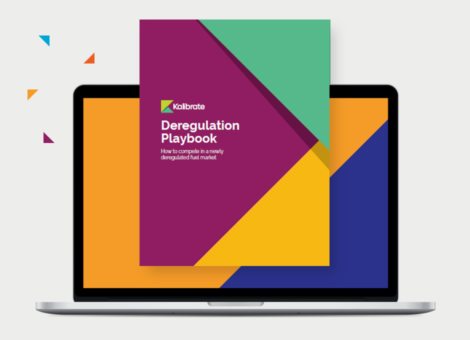Seizing opportunities: How and why deregulated markets differ
Global fuel markets rarely develop in a uniform manner, so the process of deregulation can unfold in a number of ways. Before you can predict the volatility of your deregulating market and seize the opportunities, it’s important to consider the pre-existing landscape; how competitive it is, and whether prices are fixed or not.
Consider whether the market is still a state-owned monopoly, with the national oil company controlling all the supply. Does the state fix the supply price retailers can buy at, or are they free to purchase where they want, including imports? Also, assess the number of brands currently in the fuel market, and how much they compete with each other. Are fuel prices fixed by the state or is there just a maximum price with discounts allowed? All these factors can impact the process of deregulation, and how it will affect your pricing.
For instance, an already dynamic pricing environment is much more likely to be competitive straight away. A monopolistic market with state-controlled supply is likely to see much more upheaval than a market which is already open to multiple sources of supply with a thriving, competitive fuel retail industry.
Here are three contrasting deregulating markets, and the respective opportunities that presented themselves to fuel retailers:
1. Phased deregulation — South Africa
One governmental approach has been to deregulate products at different times. South Africa, for example, deregulated its minor product, diesel, a number of years ago but the main product, gasoline, remains regulated.
The basic fuel price is calculated monthly, based on the oil price and costs associated with shipping petroleum products to South Africa from the Gulf states, and Singapore. The diesel price, however, is not regulated and retailers can sell it on a competitive basis.
Pricing requirements, therefore, may be different across a given network and any retailer who is unprepared for a phased market’s varied competition levels will experience diminished performance. By investing in AI-driven pricing optimization tools that deep-dive into the markets’ data, you’re better positioned to understand the current and historical behavior of the market, helping you to plan for a phased deregulation.
2. Restrained deregulation — Morocco
Local government policy will have a significant impact on the rate and pace of deregulation.
Rather than a phased-fuel approach, some countries have adopted a gradual approach to total deregulation in order to avoid a “price shock”. This may involve setting a cap on prices or maintaining pressure on government-owned companies to moderate prices.
Morocco, for example, already had a deregulated supply and well-established local and international retailers prior to deregulation. Change in this market has been more restrained, with the existing players focusing on building their price strategy and adapting their processes to the new dynamic pricing environment.
This type of deregulation, however, can still put pressure on fuel retail margins. To get ahead, it’s a good idea to identify the true market competitors and build your pricing tactics from there. If you’re a smaller retailer and can’t compete on services, consider branding or franchising with a bigger player – a strong brand will be more attractive to your customers.
After deregulation occurs, ensure you review and analyze your pricing environment regularly, as well as margin performance to ensure you are on track.
3. Dramatic deregulation — Mexico
The third approach to deregulation is more direct; deregulating quickly and leaving the market completely free to set its own prices. This itself can create great opportunities, but also instability and volatility while the players in the market find their feet. Damaging price wars are also a potential issue, as inexperienced retailers may start a “race to the bottom”.
In Mexico, for example, deregulation was fast and dramatic. Foreign investment poured in to supply infrastructure and new fuel retail stations. Prior to its deregulation, Mexico controlled all fuel supply and retail through its national oil company Pemex, and all fuel stations carried the Pemex brand. Since deregulation, international brands have been quick to seize opportunities to implant their brand into the market, offering differentiated fuels and services.
Margins and volume are the most challenging aspects of a volatile market. As a local fuel retailer, you have to be agile, making the most of local knowledge to grow your presence and brand in the face of well-known international players.
So, if you’re operating in a market that’s in the process of deregulating, or is newly deregulated, take a look at Kalibrate’s Deregulation Playbook. It’s a personalized, interactive report designed to guide fuel retailers through the necessary strategic steps in the deregulation process, based on their specific business size and market experience.
Read more articles about:
Location intelligenceSubscribe and get the latest updates
You may unsubscribe from our mailing list at any time. To understand how and why we process your data, please see our Privacy & Cookies Policy
Related resources
Location intelligence
Download the Deregulation Playbook
In this ebook, you will learn how to compete in a newly deregulated fuel market, whether you’re a large or small...

Fuel pricing
Your fuel market has been newly deregulated - what now?
It’s a time of great uncertainty for incumbent fuel retailers, and opportunity for those retailers with ample...

